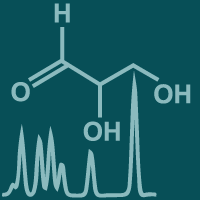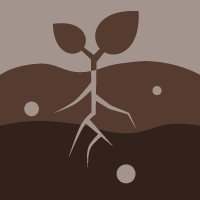Topic Editors

Interactions between Plants and Soil Microbes in Natural Ecosystem
Topic Information
Dear Colleagues,
Plant–soil–microbe interactions drive biogeochemical processes in terrestrial ecosystems. In these systems, plants release nutrients into the soil in the form of residue decomposition and root exudates, which improve the soil environment and supply substrates to soil microorganisms, and microorganisms transform organic nutrients into inorganic nutrients for plant absorption and utilization. The synergistic relationship between plants, soil, and microorganisms is the internal driving force involved in maintaining ecosystem structure and functions, such as nutrient cycling, biodiversity conservation, and food provision. Plant–soil–microbe interactions have become a hot spot in soil ecology, plant science, and environmental research. We particularly encourage authors to conduct investigations into plant–soil–microbe interactions in natural soils, such as in grasslands, shrubs, forests, swamps, deserts, etc., and reveal the underlying mechanism connecting the aboveground structure and belowground functions, such as the diversity–function relationship, nutrient–microbe associations, and rhizosphere dynamics.
Prof. Dr. Chao Zhang
Prof. Dr. Jie Wang
Topic Editors
Keywords
- microbiome
- soil ecosystem
- plant community
- interaction
- community structure
Participating Journals
| Journal Name | Impact Factor | CiteScore | Launched Year | First Decision (median) | APC | |
|---|---|---|---|---|---|---|

Agronomy
|
3.3 | 6.2 | 2011 | 17.6 Days | CHF 2600 | Submit |

Metabolites
|
3.5 | 5.7 | 2011 | 16.1 Days | CHF 2700 | Submit |

Microorganisms
|
4.1 | 7.4 | 2013 | 11.7 Days | CHF 2700 | Submit |

Plants
|
4.0 | 6.5 | 2012 | 18.9 Days | CHF 2700 | Submit |

Soil Systems
|
2.9 | 5.3 | 2017 | 39.7 Days | CHF 1800 | Submit |

MDPI Topics is cooperating with Preprints.org and has built a direct connection between MDPI journals and Preprints.org. Authors are encouraged to enjoy the benefits by posting a preprint at Preprints.org prior to publication:
- Immediately share your ideas ahead of publication and establish your research priority;
- Protect your idea from being stolen with this time-stamped preprint article;
- Enhance the exposure and impact of your research;
- Receive feedback from your peers in advance;
- Have it indexed in Web of Science (Preprint Citation Index), Google Scholar, Crossref, SHARE, PrePubMed, Scilit and Europe PMC.


